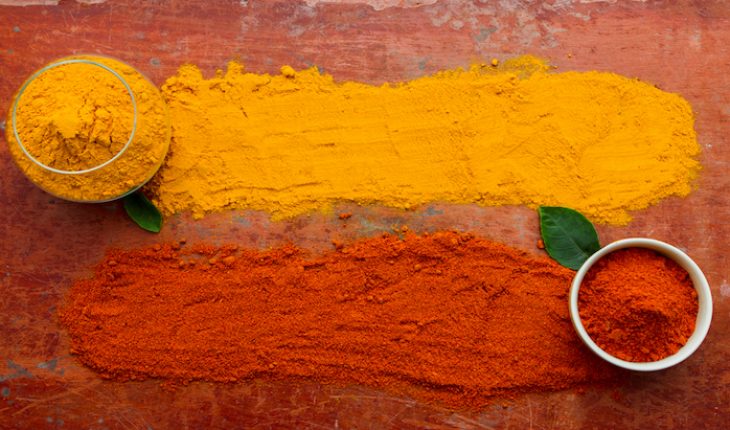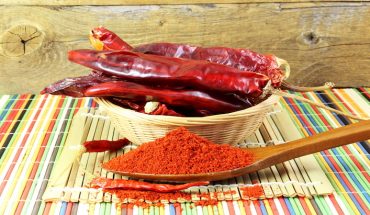Certain foods are thought to have natural pain relieving properties. And foods don’t have the unpleasant side effects that many pain medications may have. Here are some foods that may help with pain management.
Cherries
Cherries contain powerful antioxidants known as anthocyanins which have been reported to reduce inflammation and inhibit pain enzymes just like some pain medications such as aspirin. Studies suggest that athletes who regularly consume tart cherry juice in preparation for an athletic competition may experience less muscle pain.
Blueberries
These juicy round berries may have pain relief properties since they have been found to increase levels of compounds known as heat shock proteins in the body. These are involved in the cell’s natural response to stress and are thought to decline naturally with age. These berries too are a potent source of anthocyanins that are thought to have anti-inflammatory benefits and contain tannins which reduce swelling. Interestingly, Swedish researchers suggest that blueberries may control the painful symptoms of colitis, pain in the colon, which is part of the bowel. This could in part be due to the fact that blueberries are a source of insoluble fibre. Fibre in this form stays intact in the intestines and helps promote water retention and easier bowel movement.
Celery Seeds
Research suggests that celery seeds (a type of spice) consist of several anti-inflammatory compounds including a potent substance known as apigenin. It is thought that celery seeds may be of particular benefit for pain caused by arthritis and gout. Celery seeds fight gout pain in two ways, first by reducing inflammation and secondly by lowering uric acid levels – often the major cause of gout pain. Medication to lower uric acid is often accompanied by uncomfortable side effects such as nausea, vomiting, ulcers and bleeding.
Ginger
Ginger has gained fame as a digestive aid and immune booster, but research also suggests that ginger can be used as an aid for pain relief. A promising study found that ginger extract injections helped reduce osteoarthritis pain. Specific pain relieving substances have been found in ginger; these include gingerols, paradols, shogaols and zingerone. These substances have been shown to have qualities similar to aspirin and ibuprofen. This root vegetable is thought to reduce pain by lowering inflammation, as well as by inhibiting a key inflammation causing enzyme.
Turmeric
Turmeric, commonly used in Indian and Thai curry dishes has been found to have anti-inflammatory properties. Curcumin has been found to be the main therapeutic ingredient in the spice. Research has shown that curcumin is effective for aching joint reducing painful swelling. A Thai study found that the spice significantly reduces the pain caused by rheumatoid arthritis, and may be as effective as ibuprofen.
Cayenne Pepper
Cayenne pepper consists of a powerful anti-inflammatory called capsaicin. Studies report that capsaicin reduces a key chemical that sends pain signals to the brain from the local nervous system. This hot spice is available fresh, or can be purchased powdered or crushed.
- Nutrition for shift workers - 3rd December 2020
- Healthy nutrition during lockdown - 5th May 2020
- Low-carb diet really does work better - 26th July 2018






